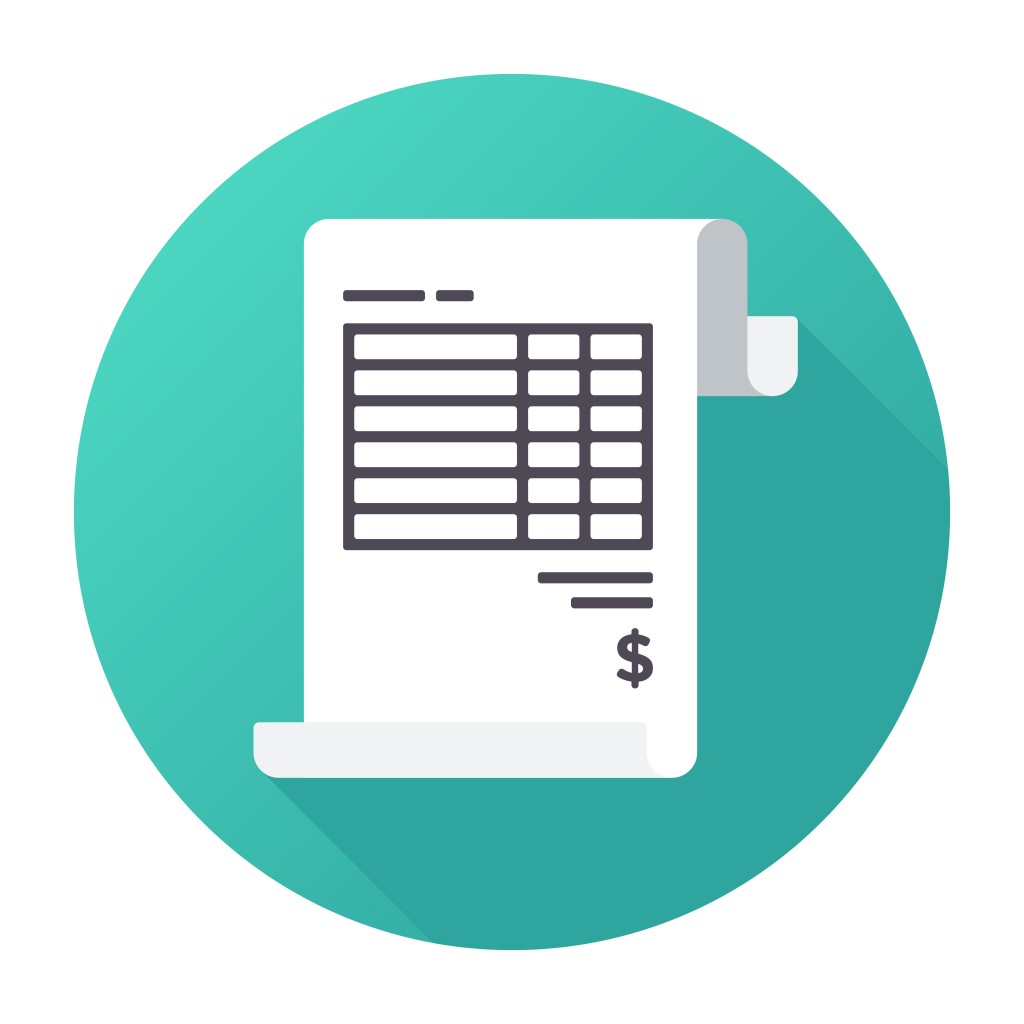Invoices are often a necessary, but taxing part of a business. The biggest headache involved with invoicing is not getting paid on time, which translates to cash flow issues. The art of managing invoices is important because making sure reconciliation is quick and simple improves cash flow and office efficiencies, freeing up your time to focus on your business. Here are eight tips for becoming an invoicing pro.
1. Automate
Using an automated invoicing system streamlines your whole invoicing process. If you continue with paper invoices, looking for old invoices can turn tedious and time-consuming, not to mention you waste space and money. A cloud-based invoicing platform makes sending and storing invoices convenient and secure; you’re able to access your data anywhere, anytime, minimizing the risk of lost invoices. Your time is precious, so cut down on administrative work. Automating the process translates to fewer mistakes and more savings.
2. Send reminders & follow up
Life is hectic, so customers often appreciate reminders a week or even a few days before the payment is due. But the reality is that there will inevitably be customers who fail to pay on time. Invoices can quickly be forgotten, buried under email overload. With automated invoicing, it’s quick and simple to follow up. When the deadline has come and gone, simply filter out who hasn’t paid and hit resend or send a gentle reminder.
3. Send invoices on-the-go
The beauty of a culture dependent on the mobile device is that you can send invoices on the go. Many invoicing platforms have mobile apps which mean you don’t need to wait until you’re back at the office to send the invoice. You can send invoices on the go or out in the field – wherever you are. This is handy because the sooner you submit your invoices; the sooner you’ll get paid.
It’s best to send invoices when the job is still fresh in your mind as it’ll be harder to remember pertinent information months later if a small job falls through the cracks. It disrupts cash flow and creates unnecessary work. Sending your invoice as soon as possible also means a higher chance that you’ll be paid because you and your company are still top of mind for your clients.
Often, it’s a problem ensuring that all work and products are invoiced. With many employees on the job, it can be difficult to reconcile everyone’s work and payments. Invoicing based on cloud software makes it easy for each employee to log on with their own account, invoice their client, and have it all aggregated in one convenient place. This way, it’s easy to keep track of each employee’s job and ensure no invoices goes forgotten or unsent.
An even quicker and more efficient solution is to allow customers to pay on the spot with a mobile card reader.
4. Nurture client relationships with open communication
At its base, invoices are another form of communication with your clients, which means it’s another channel that you should foster and cultivate:
- Personalize the invoice with friendly, custom messages.
- Keep in constant communication with your client, especially if estimates change. Maintain a positive and open relationship by keeping clients updated if there are price increases to avoid an unwanted surprise on their end when they’re billed.
- Discuss payment terms before you get started to ensure no confusion come payment time.
- Thank people for their business. It’s often overlooked but shows clients that you appreciate their business.
5. Reduce friction and allow customers to pay however they like
An arduous payment process causes unnecessary friction during payment. Make it as easy as possible for customers to pay you by reducing payment steps and providing payment options right on the invoice. This makes it easy for customers to do business with you, and they’ll be more likely to come back because convenience breeds loyalty. In addition to making your clients happier, streamlining your payment process will also get you paid faster. When you make it easier for your customers to pay, it encourages them to pay sooner.
6. The devil’s in the details: be clear and concise
When you send invoices, make sure your clients understand the invoice. Don’t leave any room for interpretation.
- State due dates clearly on the invoice.
- List the details of the job in a way that makes sense to the client, as any confusion could create a payment lag.
- Remind them of any late payment penalties.
- Include any discounts they’re being given.
- State which payment options they have.
7. Ensure your invoice reaches the right contact
Sometimes the reason for payment delays is because the invoice falls into the wrong hands. Avoid delays by:
- Double-checking that you have the correct contact; otherwise, your invoice could end up getting buried in someone else’s inbox.
- Sending the invoices to multiple recipients to increase chances that it reaches the appropriate person.
- Getting a secondary contact for your invoices in case the primary contact is unavailable. This way, there’s always a point of contact for you to reach.
8. Penalize & incentivize
If late payments are a common issue for you, consider penalties to those who are tardy with their payment. However, be prepared that customers may not react well when charged for late payments. A more positive approach is to offer a small discount for early payers. Show your gratitude by offering clients that pay before the deadline a bonus (e.g. a discount).
With the tools available nowadays, invoicing doesn’t have to be as painful as it once was. Invoicing done right can keep cash flow and your business moving smoothly and efficiently.
